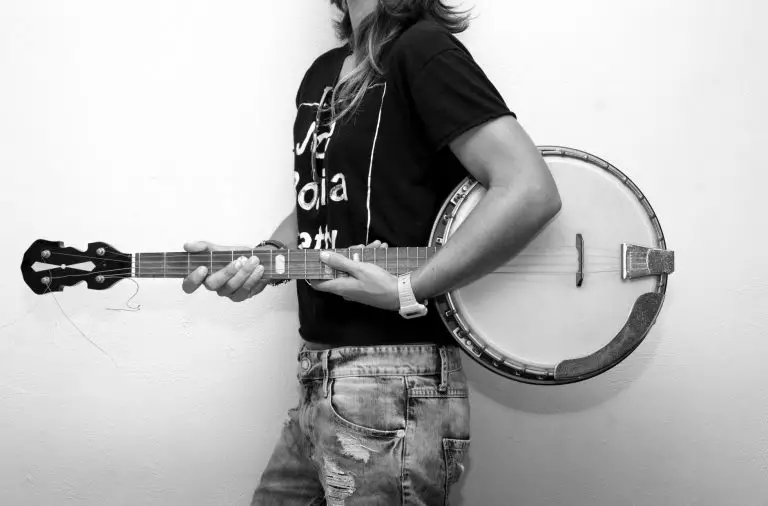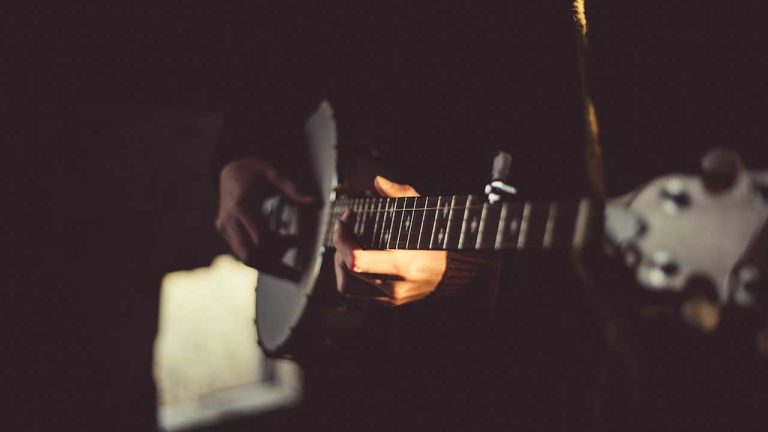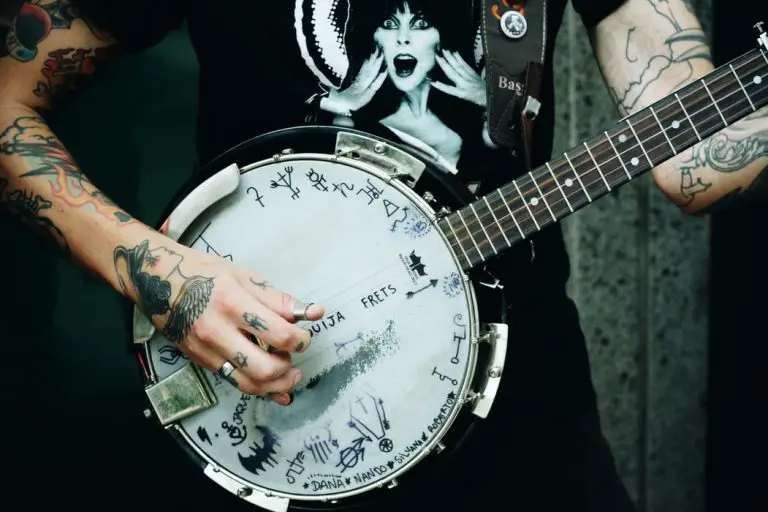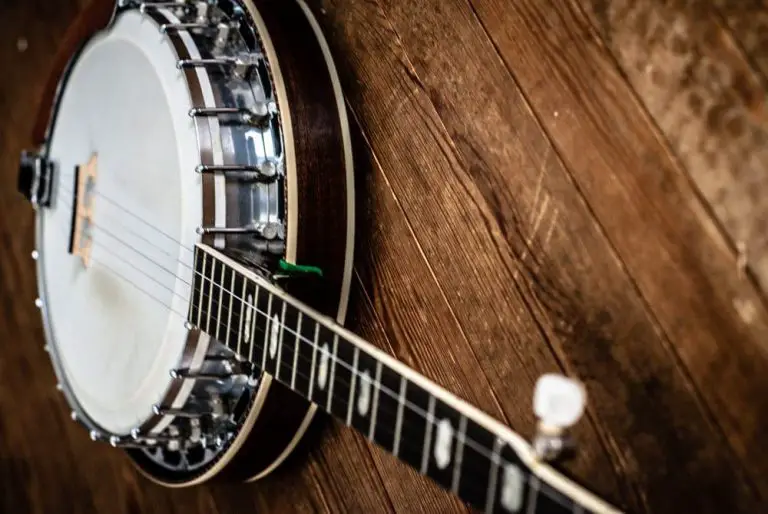Banjo Beginners: How To Choose A Banjo – A Few Things To Consider
Folkstrings.com is reader-supported. When you buy through links on our site, we may earn a small commission.
Learning to play the banjo takes time, and a focused effort. It can feel overwhelming when just getting started learning to play.
There are so many factors to consider, including the type of banjo to purchase.
Having the right instrument, tools, and knowledge will help beginner banjo players feel better prepared.
It is important to remember to have fun playing the banjo and to never forget the joys of plucking those strings, even when the learning process seems arduous.
Allow this guide to prepare you for starting the process of mastering the banjo.
Table of Contents
- How to Choose a Banjo? What Things Need to Be Considered?
- What’s the Difference Between a 4-String, 5-String, or 6-String Banjo?
- Which Banjo Is the Best for Beginners?
- Can You Play Banjo Without Picks? Do You Need Picks?
- How Often Should I Practice Banjo to Be at a Good Level?
- Banjo Beginners – Conclusion
How to Choose a Banjo? What Things Need to Be Considered?
One of the first things new players will need to consider is what instrument to purchase.
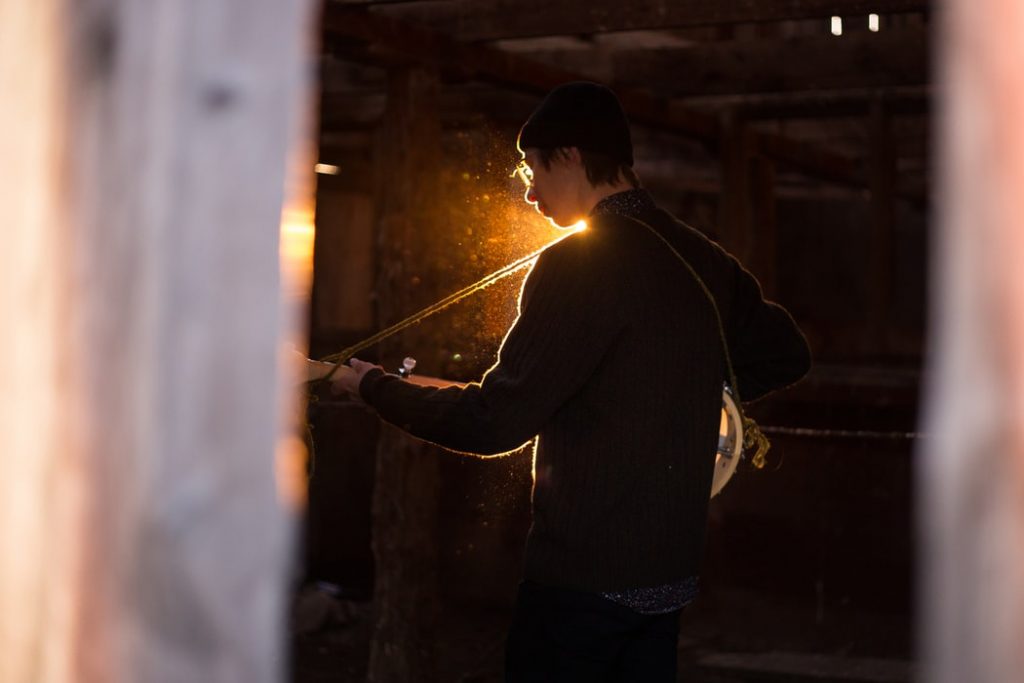
Buying a banjo can be a bit intimidating, especially if you have never owned one and do not know what to consider.
Knowing what to consider before making a purchase will ensure you choose the banjo that will best fit your needs.
Consider the Type of Music You Want to Play
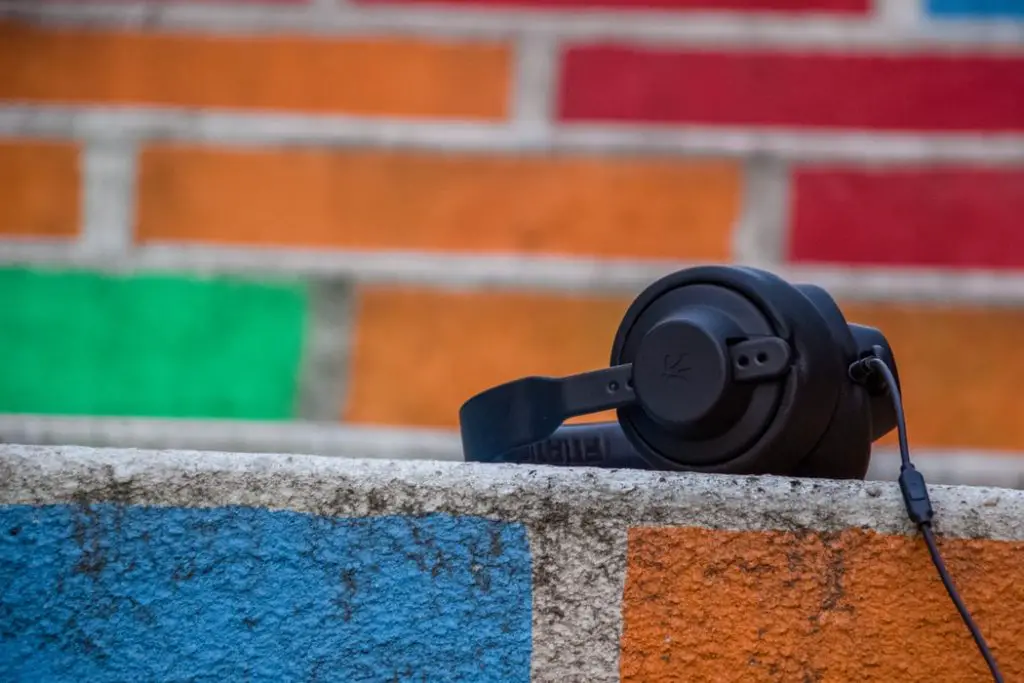
One of the first considerations is to decide what type of music you want to play.
There are many types of banjos, including those with varying string amounts, open or closed backs, and those that are fitted with resonators.
Studying the different types of banjos and matching them to the playing styles you desire will help you to make a perfect choice.
Consider the Materials
The materials of a banjo are incredibly important for proper sound.
Wood is a critical component of any banjo. The type of wood will determine the kind of sound produced. It will also determine the durability of the banjo.
The following are the most common kinds of wood in banjo construction.
· Maple offers a naturally bright sound.
· Mahogany offers a sweeter and richer tone than maple.
· Walnut offers the power of maple, but the tone will not be as bright.
Another important material is the frets and strings.
As a beginner, you may mistakenly believe all frets and strings are alike on banjos.
There are different fret heights and strings, and these can both have a profound impact on the way you play.
If the frets are too high, your fingers are going to feel the pain when pressing in the strings.
You will also need to decide on an open or closed back banjo.
Open-back banjos are ideal for clawhammer, which is an old style of banjo picking.
Those who enjoy the rich and iconic sound of the banjo in Bluegrass and Folk music will want to choose a closed-back instrument since it will resonant better.
Buying by looks alone is one of the biggest mistakes new banjo players make.
The beautiful finishes, fancy inlays, and lustrous hardware do nothing to produce sound. Instead of focusing on aesthetics, consider the following.
· What does the banjo sound like when played?
· Do your fingers feel comfortable when pressing the strings?
· How does the instrument feel in your hands?
You should never purchase a banjo without first playing it to check the sound, frets, and strings. The sound and your comfort level are much more important than any outward frills.
What’s the Difference Between a 4-String, 5-String, or 6-String Banjo?
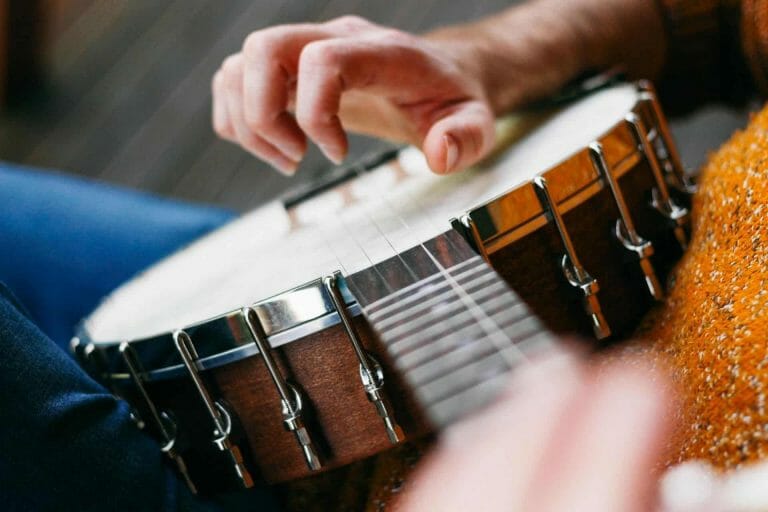
As you begin your search for the perfect banjo, you are going to come across banjo models with different string sets. Knowing the differences in these models will help new players to choose the one that will offer the perfect sound for their playing needs.
4-String Banjo
The 4-string is a tenor banjo and is played with a plectrum.
The neck of a 4-string banjo is shorter, and this instrument is tuned higher, with 4C 3G 2D 1A.
This type of banjo is ideal for Irish and New Orleans Jazz music. You will find this instrument is often played with a resonator.
5-String Banjo
In terms of popularity, the 5-string remains supreme.
This is the primary banjo type of style for music such as bluegrass. It is also considered one of the easiest banjos to play because it is tuned to a G chord.
With this open G, you can strum your banjo and create a beautiful sound without even fretting.
The 5-string banjo is ideal for bluegrass, clawhammer, classical, and folk.
6-String Banjo
A 6-string banjo is tuned just like a guitar. You will find this instrument goes by many names, including guitjos, banjitars, and ganjos.
Technically, a 6-string banjo is a guitar, but most people consider it a banjo because of the sound. It plays just like a guitar but offers the classic banjo sound.
If you are a guitar player, this instrument will offer a natural transition that allows you to get a banjo sound without learning how to play one.
Which Banjo Is the Best for Beginners?

If you are looking for the best banjo for beginners, as stated above, the 5-string will be a sound purchase.
The 5-string banjo is perfect for most folk, bluegrass, and country music. If you plan on playing jazz tunes, the 4-string will be your best bet.
Can You Play Banjo Without Picks? Do You Need Picks?

With banjo playing, there are just as many styles of picking, plucking, and strumming as there are banjo designs.
Although some people use plectrums to play, there are just as many who go pickless.
Some styles, such as the clawhammer style, encourage players to use their fingers.
Some classical and minstrel style players will use special coatings on their fingers to help them better play the banjo without a pick.
Those who play bluegrass almost always play the banjo with finger picks and thumb picks, whether they are right or left-dominant.
You will use these picks on your dominant hand, for strong strumming or picking ability.
Finger picks can be made of metal or plastic, and some have openings.
If you are new to playing banjo, finger picks are likely going to feel funny at first, but do not be dismayed.
As you grow accustomed to them, they will feel like a second skin.
No, you do not have to use any type of pick to play the banjo, but you may want to, depending on the style of music you are playing.
Bluegrass and folk players will want to invest in a good finger and thumb pick to create the playing style they are accustomed to hearing.
How Often Should I Practice Banjo to Be at a Good Level?
Everyone has heard the phrase, “Practice Makes Perfect”. There is a lot of truth in this statement.
To answer the question above is difficult because it depends on several factors.
Practice is undoubtedly important for new banjo players, but there may be physical limitations, in the beginning, that prevent you from practicing as much as you would prefer.
Until you build up calluses, pressing the strings can cause discomfort.
If you are just starting, it would be wise to limit practice sessions to only an hour a day.
You can accomplish a lot in even thirty minutes. It is not so much about the time spent, rather than how it is spent.
You can waste an entire hour or stay focused and accomplish a lot.
The choice is yours. No matter how long you practice, you must do it every day. If you are a weekend-only player, it is going to take a lot longer to master the banjo.
If after a couple of months of daily practice, you are not seeing improvements, it could be your focus.
An experienced banjo teacher can help you find your focus and keep you on the right path towards mastering the banjo.
Tips for Practicing Banjo
· Make sure to use a strap on your instrument.
· Sit in a comfortable chair with no arms.
· Stretch your fingers and hands to warm them up before playing.
· Use a metronome to help you keep a consistent tempo.
Banjo Beginners – Conclusion
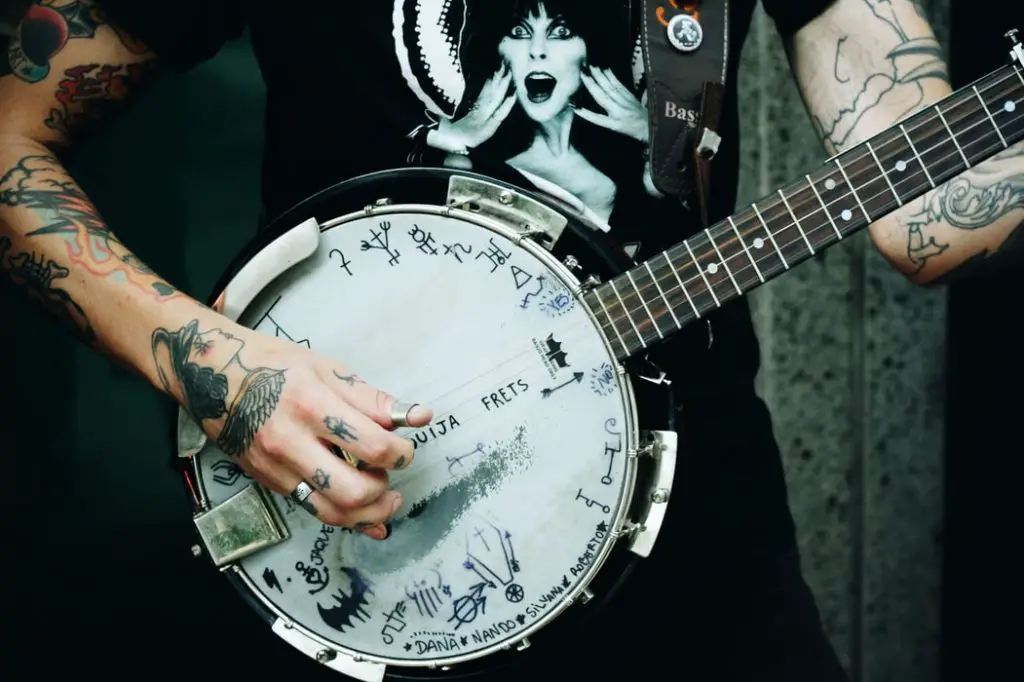
The banjo is a fun instrument to play, even though it can intimidate new players.
Using the above tips should help you rise to the challenge and begin practicing and learning how to play this beautiful instrument and make it ring.
As with any stringed instrument, learning to play the banjo takes time, but it is worth the effort.
With the right instrument and a continued focus, you will see improvements in your playing abilities.
Over time, the banjo will become an extension of you, and you two will flow beautifully together in song.
Author Profile
-
Daniel Johnstone is an English writer with a love for stringed instruments from around the world.
He shares his love for these instruments through his writing for folkstrings.com, a website dedicated to all things related to folk string music.
Daniel's passion for music started at a young age, and he has since become an accomplished musician, playing guitar, cavaco, and recently, the harp.
His dedication to learning and sharing his knowledge of stringed instruments is evident in his insightful and engaging blog posts. Whether you're a seasoned musician or a beginner, Daniel's writing is sure to inspire and entertain you.
When he's not playing music or writing, you can find Daniel exploring new instruments and seeking out new sounds to share with his readers.
Latest entries
 AutoharpApril 4, 2024What Is the Autoharp Made Of: Exploring Its Materials and Craftsmanship
AutoharpApril 4, 2024What Is the Autoharp Made Of: Exploring Its Materials and Craftsmanship AutoharpApril 4, 2024Is Autoharp Easy to Play? Unveiling the Truth for Beginners
AutoharpApril 4, 2024Is Autoharp Easy to Play? Unveiling the Truth for Beginners AutoharpApril 4, 2024What Is an Autoharp Worth? Your Guide to Pricing and Value
AutoharpApril 4, 2024What Is an Autoharp Worth? Your Guide to Pricing and Value AutoharpApril 4, 2024Are Autoharp and Zither the Same Thing? Unraveling String Instrument Myths
AutoharpApril 4, 2024Are Autoharp and Zither the Same Thing? Unraveling String Instrument Myths
Affiliates:
This post may contain affiliate links that at no additional cost to you, the site may earn a small commission. We only recommend products we would use ourselves and all opinions expressed on this site are our own.
Accuracy Advice:
While we strive to provide up-to-date and accurate information, the content in this article may not reflect the most current research or medical guidelines. We encourage readers to do further research and consult with professionals for more personalized advice.
Our Recommendations:
The products and services mentioned in any of our articles are recommended based on our independent research and personal experience. We are not sponsored by any company. We aim to suggest products and services we believe are of high quality and could be beneficial to our readers.

